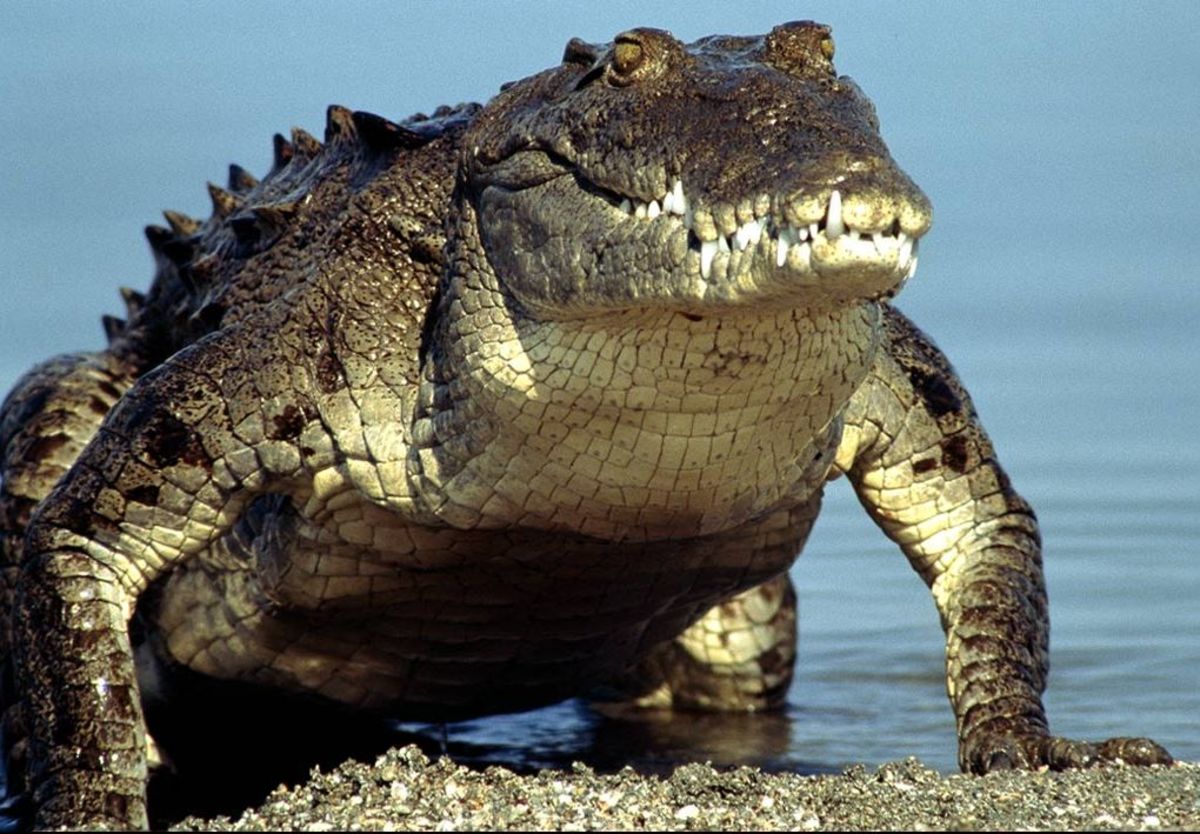What are Bowfin?
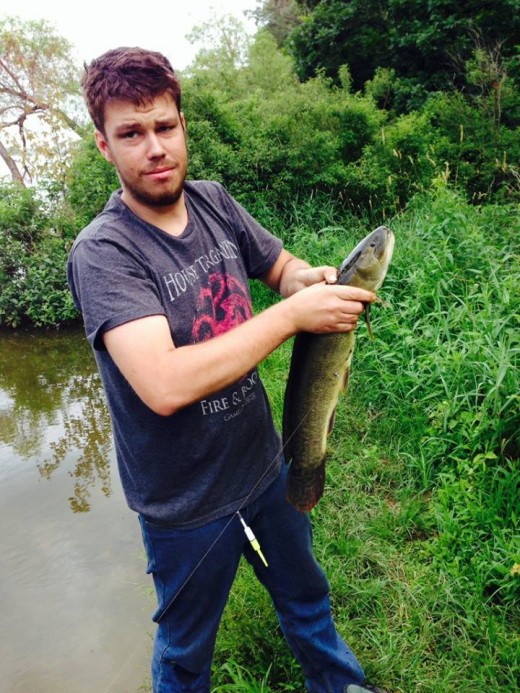
So What is a Bowfin?
Named for the long, undulating dorsal fins adorning their bodies, the bowfin is a relic of times past. With a skull made up of two layers, a dermatocratum and a chondrocranium these piscavores are voracious predators with genetic relatives dating back all the way to the Jurassic Period. Stalking ambush predators, in most of their native territory, bowfin are known to prey on invertebrates, mollusks, and fish during day and nighttime hours. Swimming in swamps, backwaters, rivers, and lakes the bowfin prefers slow moving water and sloughs where its prey would have a false sense of security.
Much like gar, the bowfin are what are known as a bimodal breather, meaning they have the ability to breath both water and air. Their gills, like any other fish, allow them to exploit oxygen from the water they reside in, but a gas bladder allows the bowfin to both maintain bouyancy and breath air.
With a range extending from southern Canada, the drainage basins of the Mississippi River, all the way to the Gulf of Mexico. Bowfin can be found in both fresh and brackish water, even stagnant pools where other fish would fail to survive, the bowfin can thrive on an abundance of forage with little to no competition.
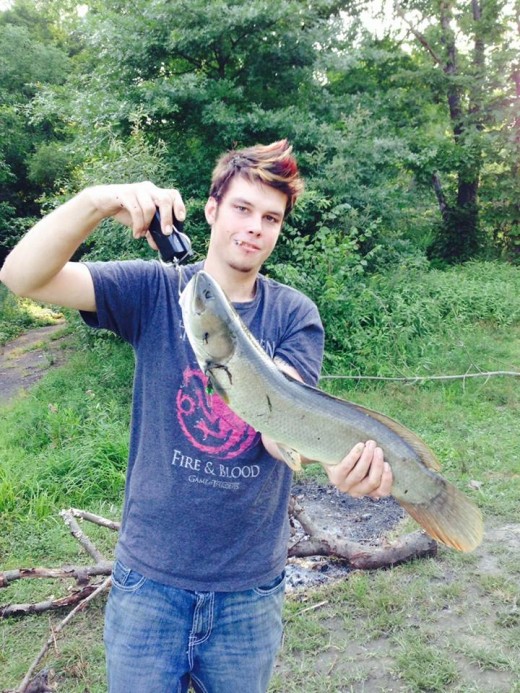
There is a large difference in appearance between the males and females. In just size alone, females can reach 65-70cm in length, with a large male reaching up to 50-65 centimeters. Young males have a black eyespot on the base of their tail commonly encircled by an yellowish-orange border while, if present at all, the eyespot on a female will be black or mottled grey.
Habitat
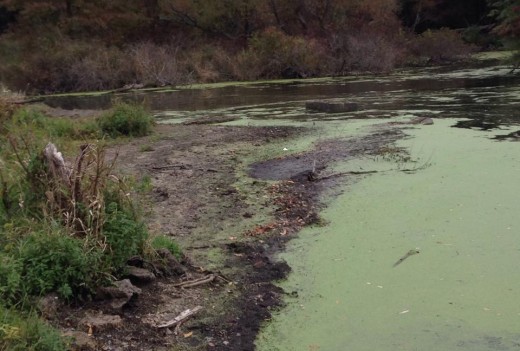
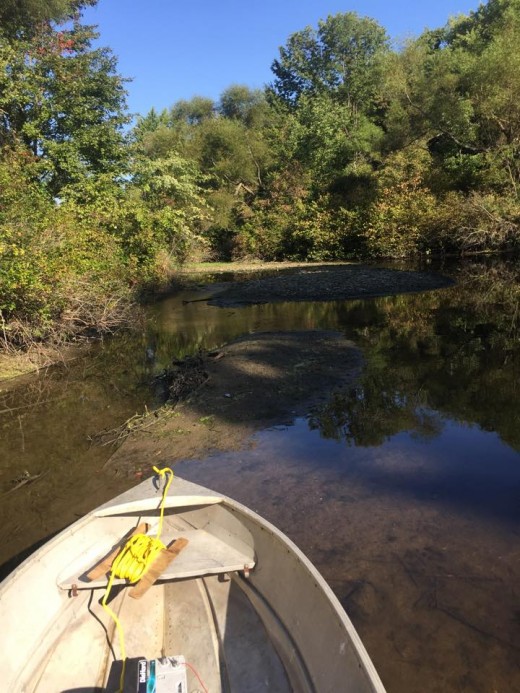
A Living Fossil
Often called a primitive fish or living fossil, bowfin have retained characteristics common to their ancestors. An externally rounded caudal fin, spiral valve vestiges, gas bladder, and a bony gular plate located under their head on the outside of the lower jaw between both sides of the lower jaw bone. Long, sharp teeth and two protruding almost tube-like nostrils are other distinguishing features that the bowfin are known for.
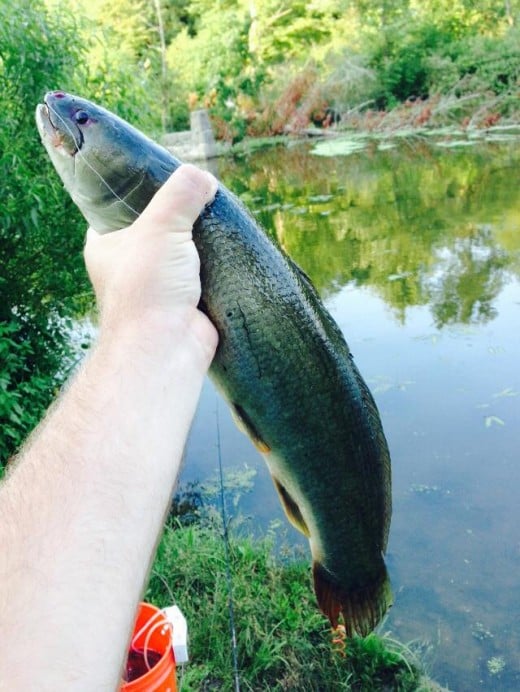
Not a Snakehead!
Unlike the non-native snakeheads, bowfin have been here longer than us. A few distinguishing features to help you identify your catch are:
- There are some subspecies of snakeheads that lack pelvic fins.
- Bowfin lack scales on their head, instead having a smooth layer of skin akin to a catfish.
- Bony plates under the jaws are present only in the native species bowfin.
- The bowfin's pelvic fins are roughly present mid-body, whereas with all snakehead species the fins are near the head.
Depending on local and state regulatory agencies, what to do when you find a snakehead varies from state to state, and sometimes, park to park. What you should do should you suspect that what you have is the invasive species is at all possible to keep the fish alive and to call wildlife officers. If this is not possible, multiple photographs and as much information as possible on the catch can help your local Division of Natural Resources to determine what exactly it was that you have caught.
Did You Like What You Read? Here are Some Other Articles of Mine You May Enjoy:
- Jumbo Perch Headboats on Lake Erie
Headboats, walkon or call and schedule in advance are a great way to get out onto the great lake and find some Jumbo Yellow Perch. For a small sum, you can get a knowledgeable captain and crew to take you to where the fish are and guarantee that you - Where To Find Fall Crappie
Figuring out where to find fall crappie is a lot easier than most give it credit for. While the use of electronics have given most a bit of an advantage, this knowledge of basic location elements will help you greatly increase your catch rate this up - How to Catch Stocked Trout
The rainbow trout is one of the most popularly stocked fish in the world. These trout are found stocked in lakes, streams, rivers, and ponds all over the world, making it easy to fish for stocked trout in your own backyard. While some people find it. - Drifting for Lake Erie Walleye
Lake Erie walleye fishing has really been heating up the last couple of years and below we will discuss one of the more popular options right now for catching them, drift fishing, and give some insight on what to use, how to use it, and what to expec





